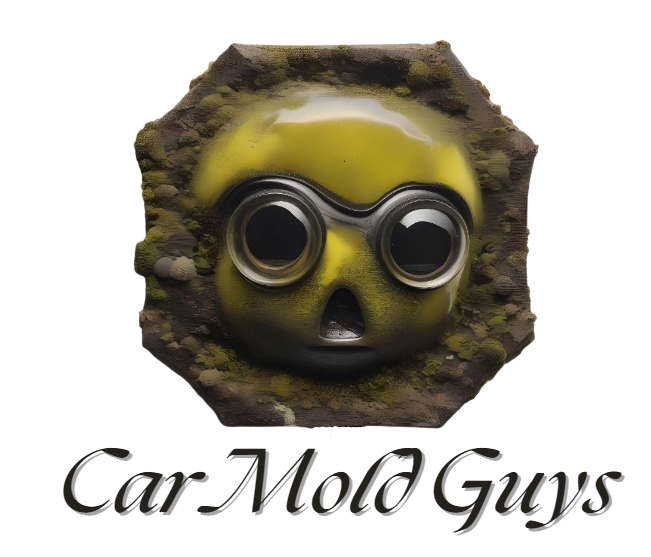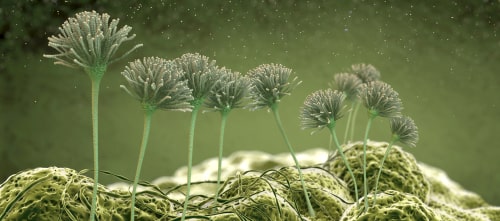Are Dead Mold Spores Harmful?
Mold in cars is an alarming issue that goes beyond unpleasant odors or unsightly stains. If you’ve had a mold infestation in your vehicle, you’re likely familiar with the urgency of car mold removal. But what happens when the mold is treated? Many people think that once the mold is dead, the problem is solved. However, dead mold spores can still pose health risks and impact your vehicle’s environment. Let’s explore whether dead mold spores are harmful and what you can do to ensure thorough car mold remediation.
What Are Mold Spores?
Mold spores are microscopic particles released by mold colonies to reproduce. When mold starts growing in your car—often due to moisture buildup or leaks—these spores can become airborne. This is when mold becomes hazardous to your health, especially for individuals with respiratory issues, allergies, or weakened immune systems.
Are Dead Mold Spores Harmful?
Contrary to popular belief, dead mold spores can still be harmful. When mold is treated with chemicals or removed without proper remediation methods, the mold itself may die, but the spores remain. Dead mold spores can still trigger allergic reactions and respiratory issues when inhaled, as they can linger in the air or settle into surfaces like car seats, carpets, and vents.
Key points to consider:
- Airborne allergens: Dead mold spores can still trigger allergic reactions such as sneezing, coughing, or eye irritation.
- Respiratory problems: Individuals with asthma or respiratory conditions may find that dead mold spores exacerbate their symptoms.
- Toxins: Certain types of mold, like black mold (Stachybotrys), produce mycotoxins, which can remain even after the mold dies.
In short, while dead mold may not be actively growing, the threat isn’t over until all traces, including spores, are removed from your vehicle.
Why Mold Thrives in Cars
Mold growth in cars typically occurs when moisture is trapped inside, such as after water leaks, high humidity, or improper drying after cleaning. Car mold is often found in hidden areas such as under carpets, in the air conditioning system, or within upholstery. The confined space of a car can make the effects of mold—whether living or dead—even more concentrated and dangerous.
Steps for Effective Car Mold Remediation
To fully address mold issues in your car, you must go beyond just killing the mold. Proper mold remediation involves removing both live mold and dead spores. Here’s how you can approach this:
- Identify the source of moisture: Mold needs moisture to thrive, so the first step is to eliminate any water leaks, condensation, or excess humidity in your vehicle. Check windows, sunroofs, and air conditioning systems for leaks.
- Deep cleaning and disinfection: Use specialized cleaning solutions for mold removal, such as enzyme-based cleaners or products designed for automotive use. Make sure to clean all affected areas thoroughly, including hidden spots like under mats and inside air vents.
- Vacuum with a HEPA filter: Once the mold is killed, use a vacuum equipped with a HEPA filter to capture both live and dead spores. Regular vacuums may simply blow the spores back into the air, so a HEPA filter is crucial.
- Professional car mold remediation: If the mold infestation is severe or if you’re dealing with toxic molds like black mold, it’s recommended to seek professional car mold removal services. Professionals will use advanced equipment like foggers or steam cleaners to ensure all spores are eradicated.
- Air out your vehicle: After cleaning, ventilate your car by opening the doors and windows for several hours. This helps to release any lingering spores and improve air circulation.
- Dehumidify: Mold thrives in damp conditions, so it’s a good idea to keep a dehumidifier or moisture absorber in your vehicle, especially if you live in a humid climate.
Preventing Future Mold Growth
Preventing mold is the best way to avoid dealing with harmful mold spores—whether dead or alive. Here are some prevention tips:
- Fix leaks immediately: As soon as you detect water leaking into your vehicle, address the issue.
- Regular cleaning: Regularly clean your car’s interior, especially after spills or wet weather, to prevent mold from finding a place to grow.
- Use moisture absorbers: Products like silica gel packs or activated charcoal can help absorb moisture in your car, reducing the likelihood of mold growth.
Final Thoughts: Don’t Underestimate Dead Mold
Dead mold spores may not be growing, but they still pose a risk to your health. The key to proper mold remediation is not just killing the mold but removing it entirely, along with the spores it leaves behind. By thoroughly cleaning your car, using a HEPA vacuum, and addressing moisture issues, you can ensure your vehicle remains mold-free and safe to drive.

